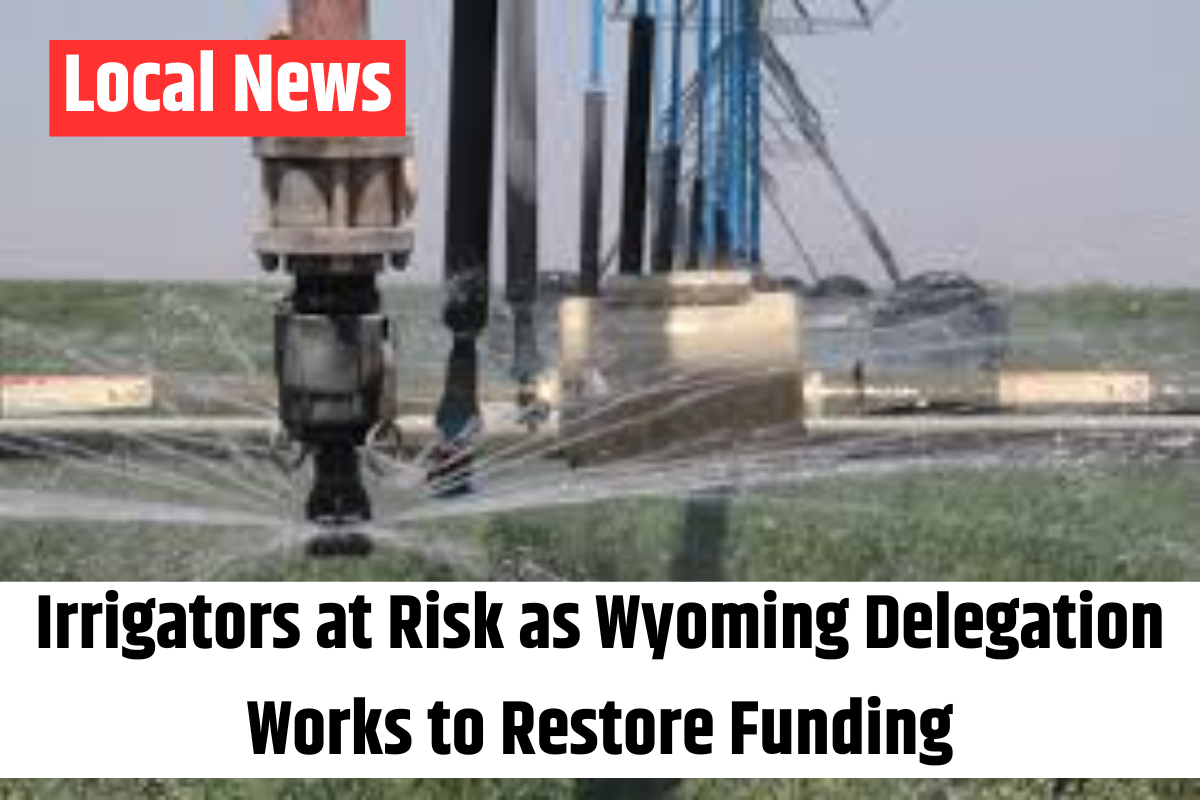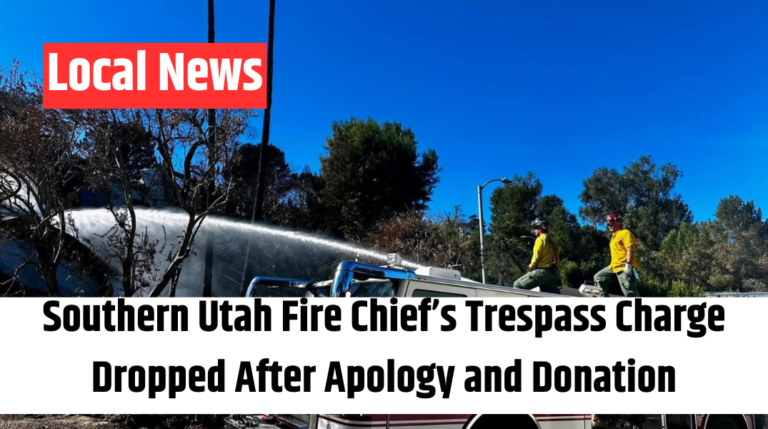
Wyoming’s federal representatives are working to reinstate a water conservation initiative that previously allocated millions of dollars to support state irrigators in the Colorado River Basin.
Legislation introduced in both the U.S. Senate and House seeks to restore the System Conservation Pilot Program (SCPP), which was discontinued by Congress in December. In 2023, the program provided $8.3 million in funding to 21 participants in Wyoming in an effort to boost water levels downstream while protecting the interests of local water users.
Upper Basin States Push for Voluntary Conservation
The headwater states of Wyoming, Colorado, Utah, and New Mexico advocate for voluntary, compensated water conservation measures rather than the uncompensated cutbacks proposed by lower basin states like California, Nevada, and Arizona.
The debate over how to fairly distribute the shrinking supply of Colorado River water continues among the seven states governed by the Colorado River Compact, with each region proposing different strategies to address the crisis.
During a recent meeting of the Upper Colorado River Commission, Wyoming State Engineer Brandon Gebhart acknowledged the uncertainty surrounding the proposed legislation and whether it could reinstate the program in time for 2024.
“With that uncertainty,” Gebhart stated, “the four of us as [upper-basin] commissioners haven’t had sufficient time to figure out what a program would be.”
His remarks were directed at fellow commissioners Becky Mitchell (Colorado), Gene Shawcroft (Utah), and Estevan Lopez (New Mexico).
Uncertain Future for the Program
The SCPP had contracts in place in 2023 to conserve approximately 15,571 acre-feet of consumptive water use, with many agreements offering ranchers up to $611 per acre-foot of water left in the stream. However, the program expired when Congress failed to reauthorize it at the end of the year.
Becky Mitchell, chair of the Upper Colorado River Commission, expressed disappointment that the program wasn’t included in the final legislative package.
“Last year, the Commission was hopeful that the SCPP would be reauthorized and could be used as a potential tool,” Mitchell said. “However, that federal package that we saw [at] the end of last year did not include much in the way of natural resources legislation.”
In 2023, the Biden administration allocated $125 million to the multi-state conservation effort through the Inflation Reduction Act. The newly proposed Colorado River Basin System Conservation Extension Act would extend the program through 2026, aligning with the expiration of temporary drought management rules.
Sen. John Hickenlooper (D-Colo.) introduced the Senate version of the bill, joined by Wyoming Republicans Sen. John Barrasso and Sen. Cynthia Lummis. Rep. Harriet Hageman, also a Wyoming Republican, sponsored a companion bill in the House.
Barrasso called the measure an essential tool for managing drought conditions, while Lummis described it as “forward-thinking.” Hageman emphasized that it provides ranchers and irrigators with an opportunity to explore conservation solutions before facing stricter water regulations.
Conservation Efforts in Wyoming
In 2023, conservation contracts were heavily concentrated in the Little Snake River Basin in Carbon County and the Big Piney area in Sublette County. The largest individual contract in the program was a $2.6 million agreement in the Little Snake River drainage, while North, Middle, and South Piney Creek irrigators collectively secured $3.4 million.
By the end of the 2023 season, estimates suggested the program had conserved roughly 8,477 acre-feet of water—about 55% of Wyoming’s goal of 15,507 acre-feet.
The program’s intended benefit is to ensure that conserved water reaches Lake Powell, where it could help prevent downstream states from demanding additional allocations that could force reductions on upper-basin users. However, multiple factors complicate this approach, including water loss due to evaporation and uncertainties around how upper-basin states are credited for their conservation efforts.
Economic and Environmental Stakes
The ongoing reduction in available water poses serious concerns for Wyoming’s agricultural sector and beyond.
“Hydraulic shortages, the increased variability and the changed timing of the available water supply increases the uncertainty to all of our water-use sectors,” Gebhart explained.
He warned that if ranchers are forced to downsize herds due to water shortages, recovery could take years. Additionally, diminished water resources impact ecosystems, wildlife, tourism, and recreation—critical components of Wyoming’s economy and culture.
“These shortages also impact the fish, wildlife, wetlands, the riparian areas, and that has an impact on our tourism [and] recreation sectors,” Gebhart said. “Not only do [lower flows] negatively impact our economy, but they impact our culture, and it impacts the relationships that have evolved and exist between all of our water use sectors. This can create conflict.”
As the proposed legislation moves through Congress, upper-basin leaders remain hopeful that a renewed conservation program will help balance water needs while protecting Wyoming’s agricultural and natural resources.




